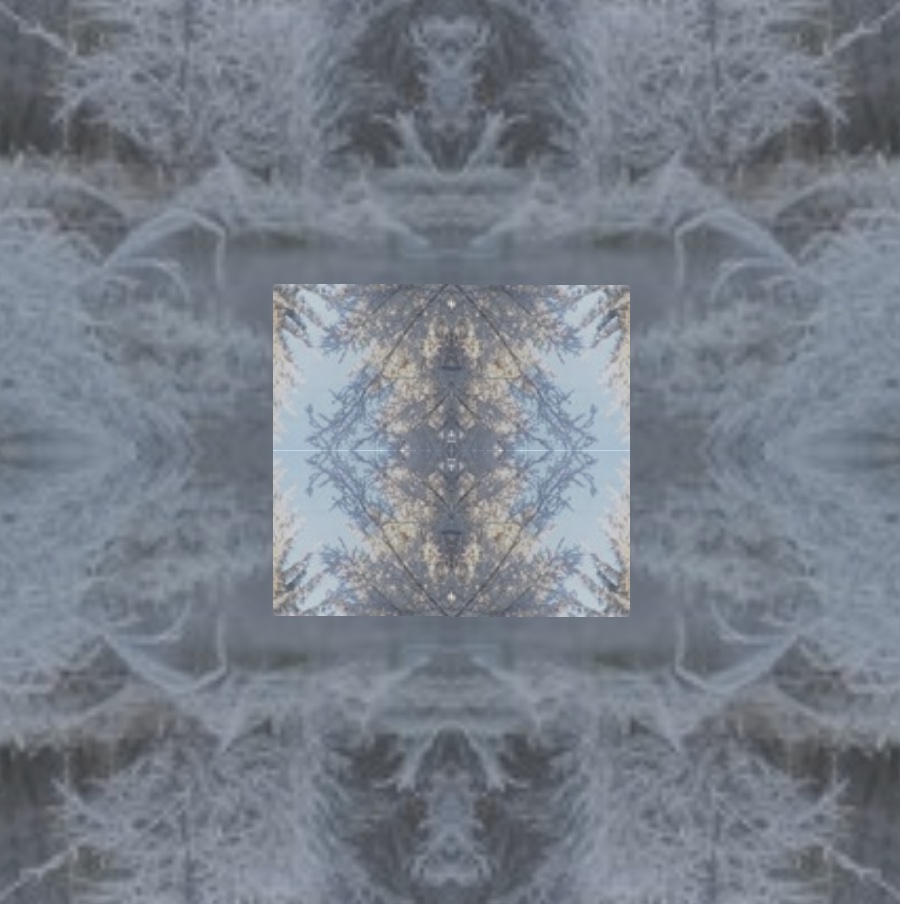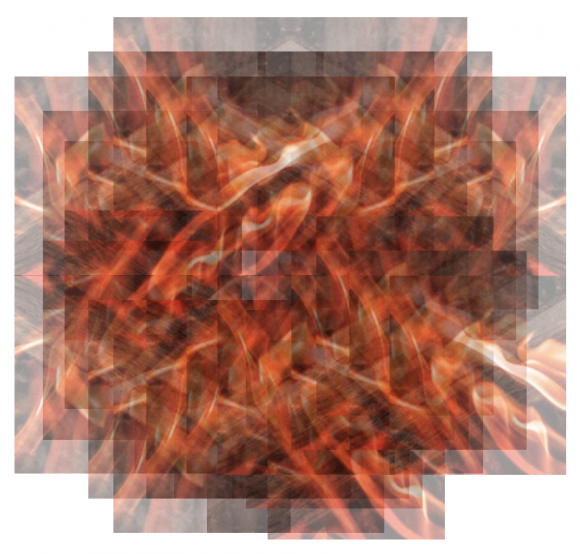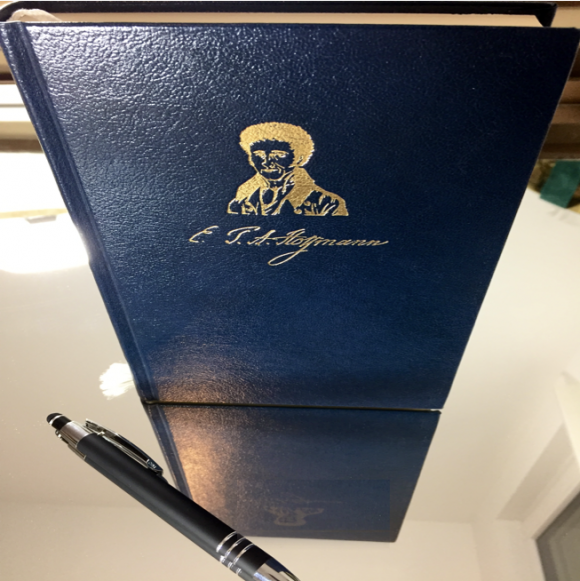What is the purpose of our lives? What are we here for?
Following Hillman, here’s one way of looking at it: We are here to generate psyche. Our task is thus a creative one: we are meant to produce more soul; and we perform this creative job by getting into the activity of loving anima. This makes the generation of soul into something like the telos of ancient eudaimonistic philosophy: an idea around which to center one’s entire way of living.

What, specifically, is meant by “loving”?
[…] it is eros rather than logos which creates psyche. […] Eros is the very means of true cognition, binding together in synthesis all psychic faculties of cognition, conation, and affectivity. (MA 73, 74)
Our abilities to be aware of our world (cognition), to act in this world and exert our will (conation), and to be stirred emotionally and feel connected (affectivity) are all combined in the erotic drive. When we accept its lead and allow it to direct all these faculties towards the anima, the result will be an enrichment: an increased and intensified ensoulment of that same world. We have created more psyche, and so fulfilled the purpose of our existence in it.
We recognize psychologically creative eros in the moments of fullness in the opening flow of the erotic and in the movements towards the soul […] But we also recognize the creative […] when we feel the emptiness of need, the poverty of having nothing to give […] (MA 79)
Living the experience of loving the anima has a double face: it feels both like an overflow of energy and like being held back in suppression and denial.
“Take care”, “go slow”, “do nothing” are also words of eros. Such denial (i.e. denial by the same voice which affirms) arouses the anima to differentiate its psychological needs. The anima becomes aware of its intentions, thereby building distance in time and space and expanding the realm of psychic reality, which it does, for instance, by observing its erotic fantasies, bodily feelings, moods, and flights. (MA 80)
It is eros, the love which we direct at the anima, which makes the latter aware of itself. And this process of the anima becoming aware of itself, through love, is what differentiates it and transforms it into soul.
And why is it the confusions which we love?
Our internal confusions are a latent richness. They require a differentiated background if they are to be appraised adequately. (RVP xxi.)
So we must be careful to not misconstrue the direction of the dynamic here. For it is still the anima’s workings (and not the erotic drive) which has the lead in the process.
The psyche may also mirror, take the lead with its lamp, or lay the thread through the labyrinth, finding the way through the outer relationship or inner puzzle. (MA 80)
Curiously, the process of loving anima (and thus creating soul) is one that can unfold in the external world (as a series of interactions between people) just as well as it can be entirely interiorized (as a solitary journey into the inner world). In other words: whether you live an extravert lifestyle, constantly meeting new people and spending time with friends, or whether you live an introvert pursuit of reflection and meditative awareness — in either case, this can be fully erotic and creative of soul. The only thing that really matters is whether it is lovingly directed at the anima.




[…] want to expand on the line of thought that ended my previous post, where I noted that the process of soul creation may occur either in the external world […]
[…] have started to sketch one of Hillman’s most original lines of thought: that archetypal psychology, as he views it, is […]
[…] form of existence. I have already mentioned that this can be read as programmatic in the sense that “soul-making” might be understood as a kind of telos in the mould of ancient eudaimonistic ethic… (which I think is a fascinating notion in itself); and just recently I have started exploring the […]